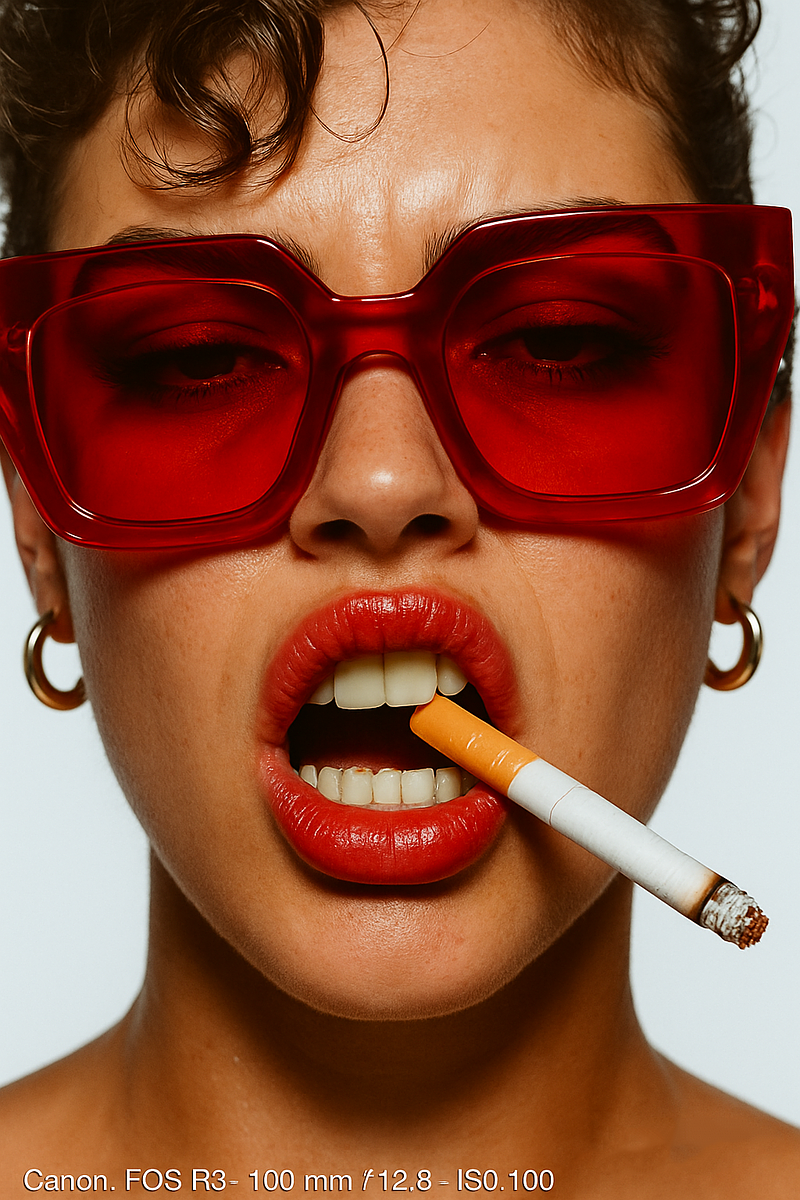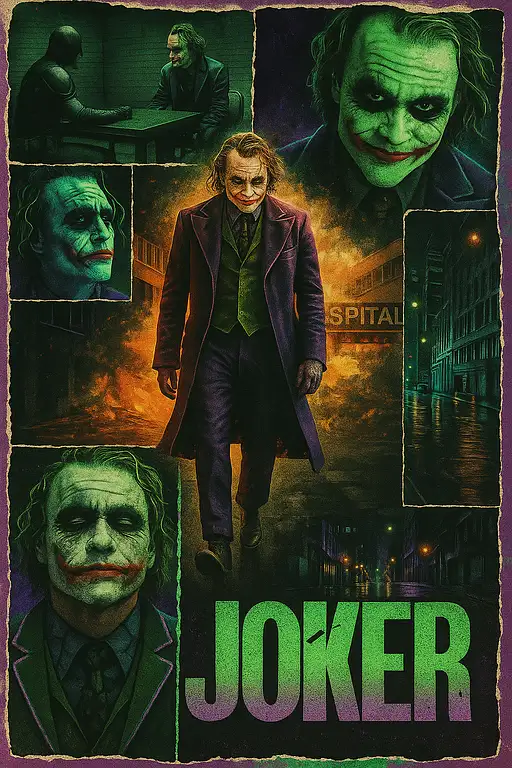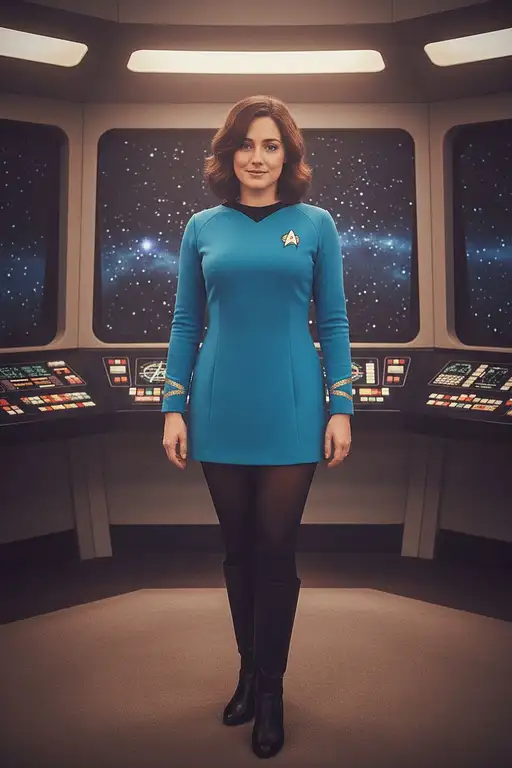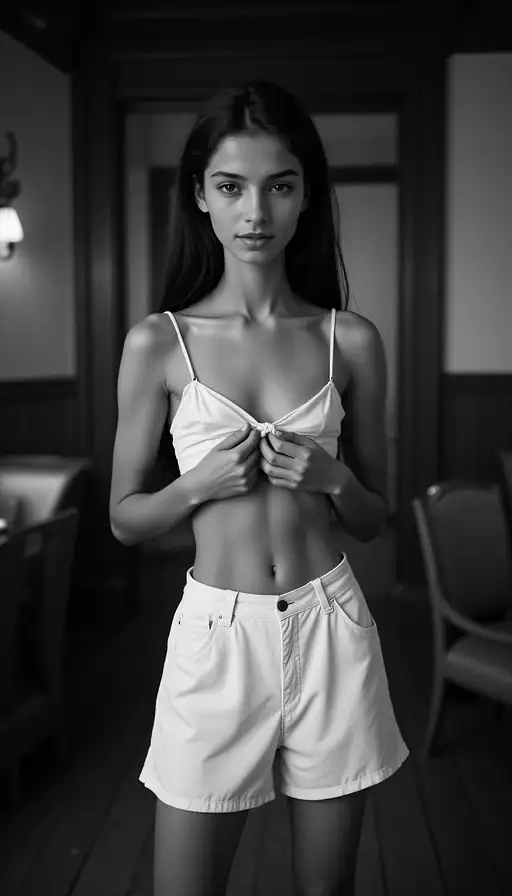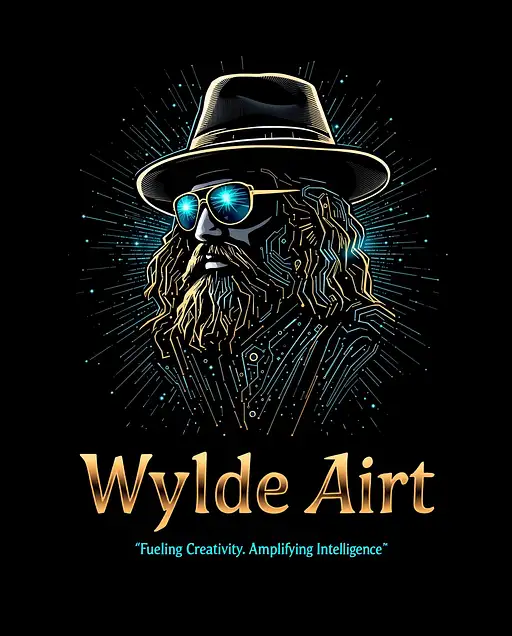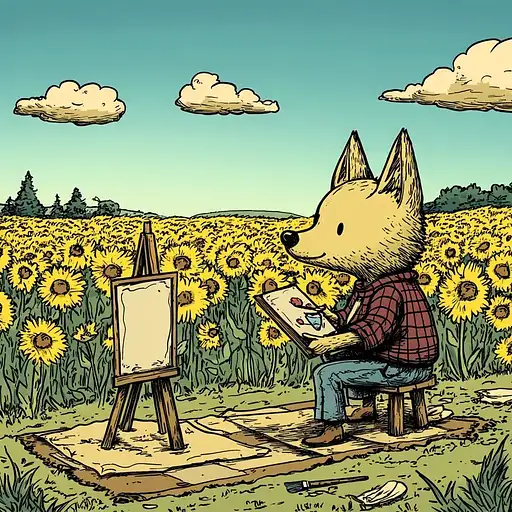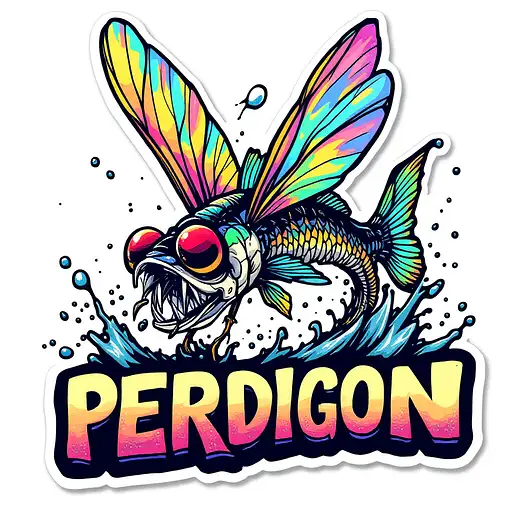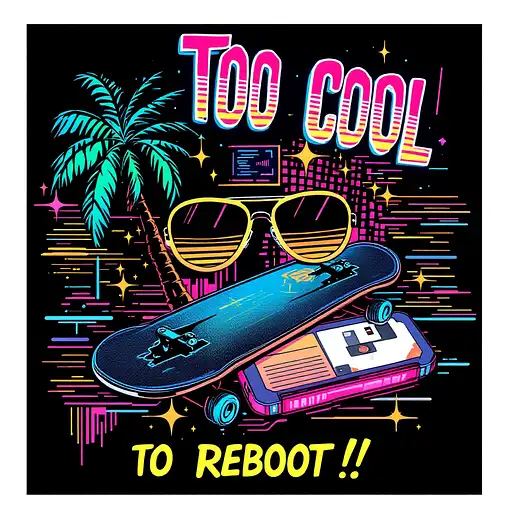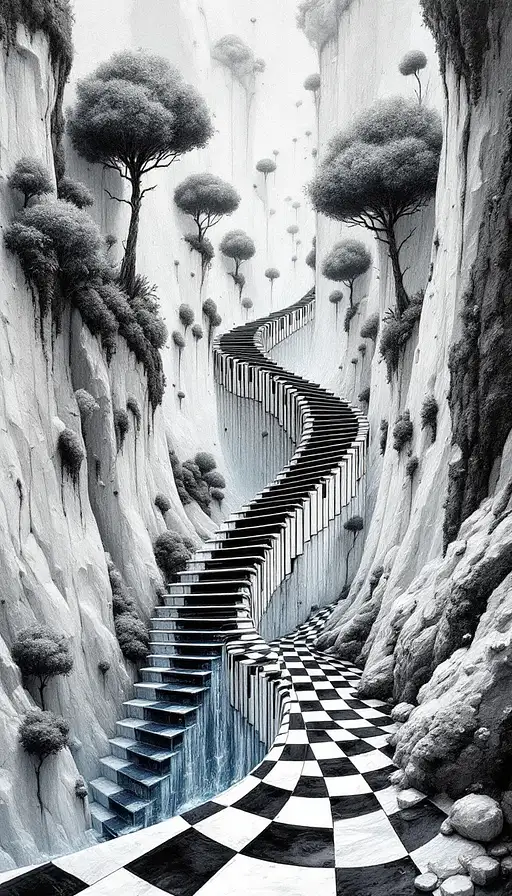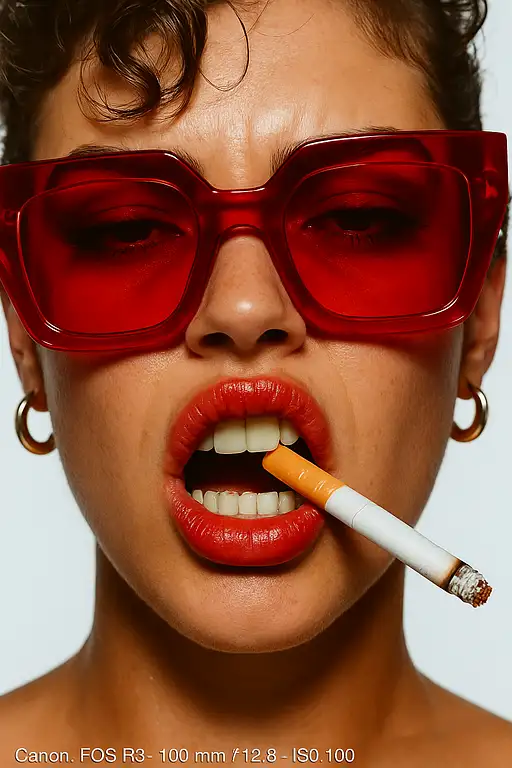
4 months ago
{ "subject": { "gender": "female", "pose": "extreme close-up of face, lips parted biting cigarette", "expression": "intense, sultry with a subtle snarl", "accessories": [ "oversized red translucent sunglasses", "gold hoop earrings", "cigarette between teeth" ], "makeup": { "lips": "glossy red lipstick", "eyes": "partially visible with eyeliner under tinted glasses", "skin": "natural with freckles and slight sheen" }, "hair": { "style": "curly strands partially falling on forehead", "color": "brown" } }, "camera": { "brand": "Canon", "model": "EOS R5", "lens": "100mm f/2.8 macro", "sensor": "Full Frame", "settings": { "shutter_speed": "1/200", "f_stop": "f/8", "iso": "100" } }, "lighting": { "type": "studio flash", "setup": "beauty dish centered above lens", "mood": "bright, high contrast", "background": "plain white" }, "style": { "aesthetic": ["Y2K editorial", "bold glam", "pop surrealism"], "color_grading": "strong reds with high saturation and contrast", "vibe": "retro rebellious fashion" }, "post_processing": { "retouching": "skin texture preserved, highlights emphasized on lips and glasses", "effects": "slight vignette, clarity enhanced" }, "output_format": "portrait" }
